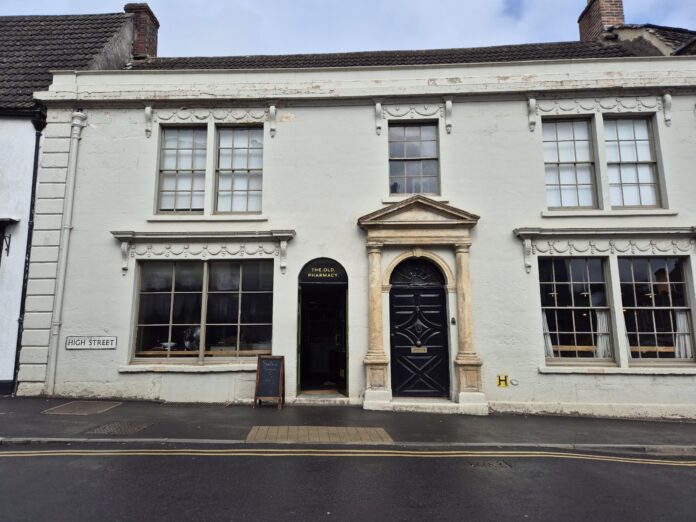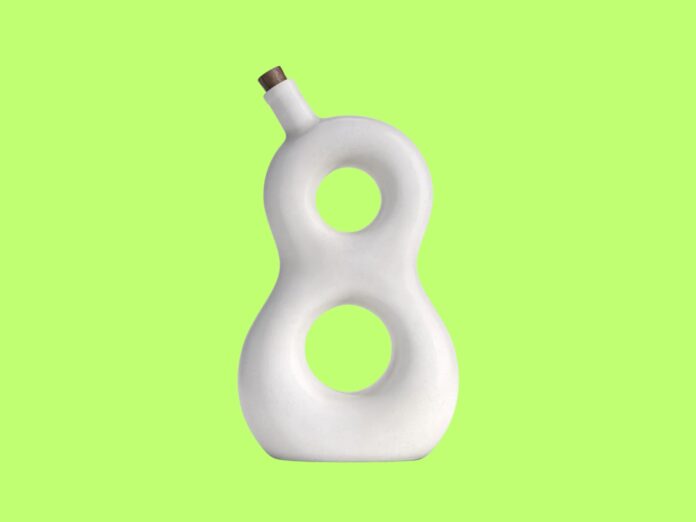When it comes to kitting out your kitchen with those elements essential to cooking a decent meal, a good chopping board is as crucial as a sharp knife or, you know, the actual ingredients.
But with a surprisingly vast range of shapes, sizes and materials available, choosing the right chopping board can evoke a crippling paradox of choice that can end up with you air slicing rather than investing in one.
From bamboo to rubber, each type of chopping board has its own set of advantages and disadvantages. Except glass, which only has the latter.
Anyway, if you’re in that Home Sense aisle, peering into the shelves and dissociating, then perhaps it’s time to fire up this guide to the best chopping boards for domestic kitchens.
Wood: The Classic Choice
Ideal for the old-school, classical cook…
Wooden chopping boards have been a kitchen staple for centuries. They come in various types, each with its own unique characteristics. Wooden boards are not only functional but also add a touch of rustic charm to your kitchen. They are often considered the gold standard for serious home cooks and professional chefs alike, but can harbour bacteria if not sanitised properly. Your choice of wood matters…
Chopping Boards vs. Chopping Blocks
When it comes to wooden chopping boards, it’s important to distinguish between chopping boards and chopping blocks. Chopping boards are generally thinner and lighter, making them easier to handle and store. They are ideal for everyday tasks like slicing vegetables or cutting bread. Chopping blocks, on the other hand, are thicker and heavier, providing a more stable surface for heavy-duty tasks like chopping meat or dicing large quantities of food. Chopping blocks are often end-grain, which is gentler on knives and more durable over time.
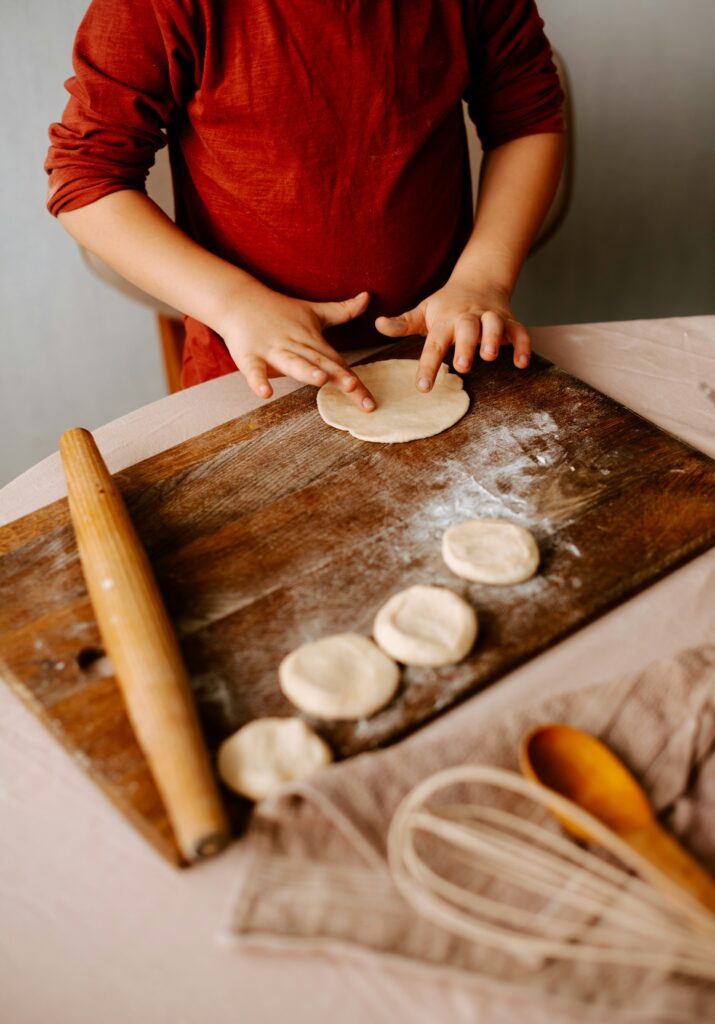
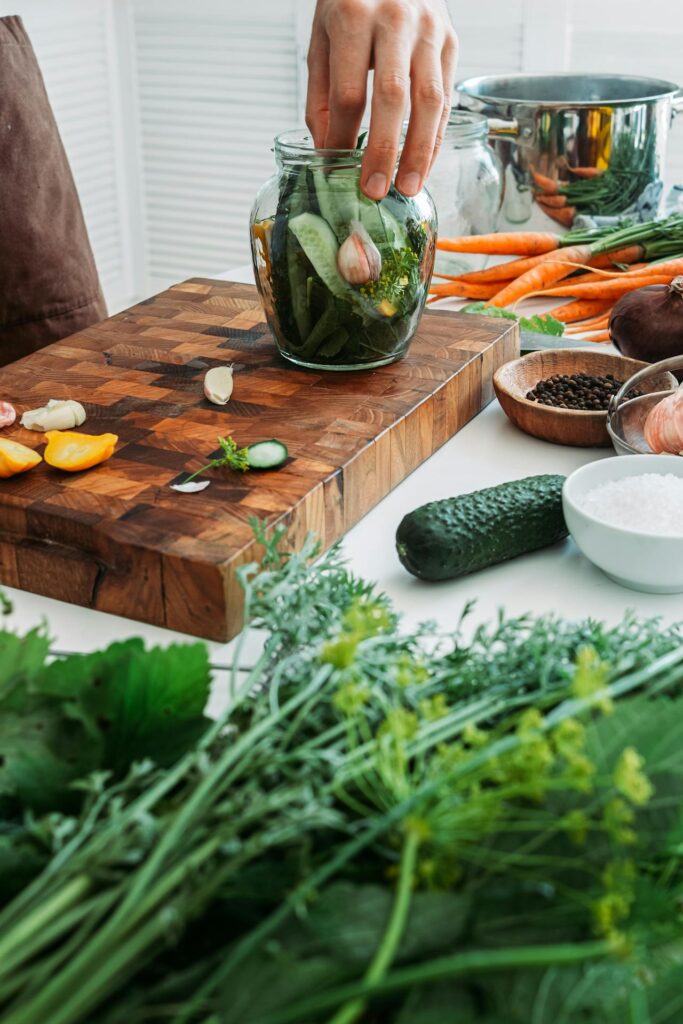
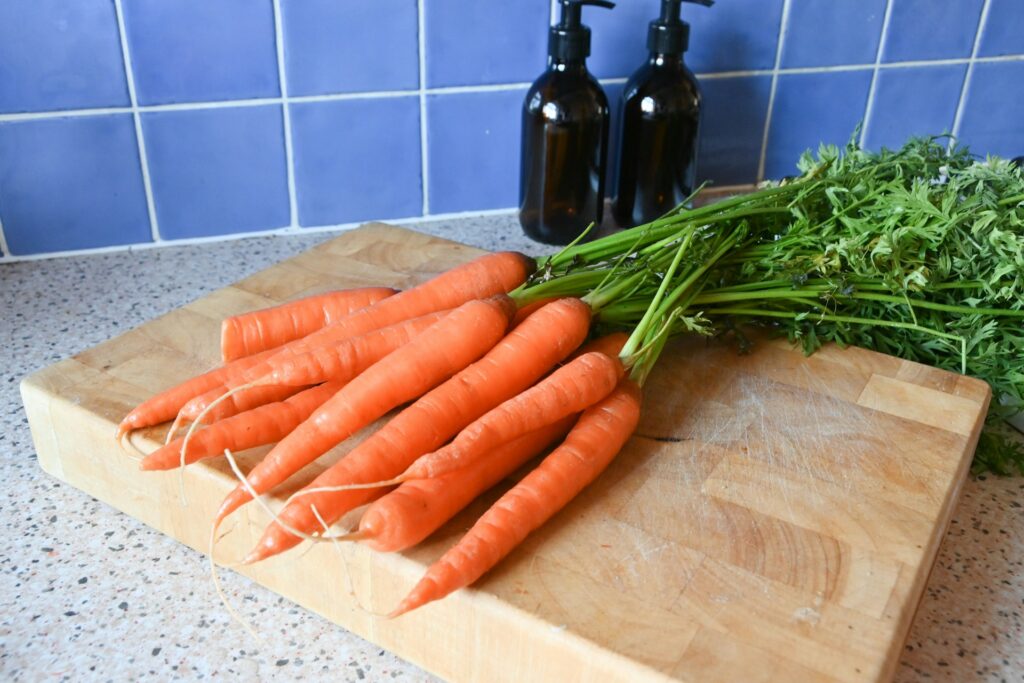
Maple
Maple is a dense, closed-grain wood that is highly durable and resistant to bacteria.
Pros:
- Durability: Maple is hard enough to withstand heavy use but soft enough to be gentle on knives.
- Hygiene: The closed grain makes it less likely to harbour bacteria.
- Aesthetic Appeal: Maple has a light, attractive colour that fits well in any kitchen.
Cons:
- Weight: Maple boards can be quite heavy.
- Maintenance: Requires regular oiling to maintain its condition.
Walnut
Walnut is a softer wood compared to maple, but it offers a rich, dark colour that many find appealing.
Pros:
- Gentle on Knives: Softer than maple, making it even more knife-friendly.
- Aesthetic Appeal: The dark, rich colour adds a touch of elegance to your kitchen.
Cons:
- Durability: Less durable than harder woods like maple.
- Maintenance: Requires regular oiling and can be more prone to scratches.
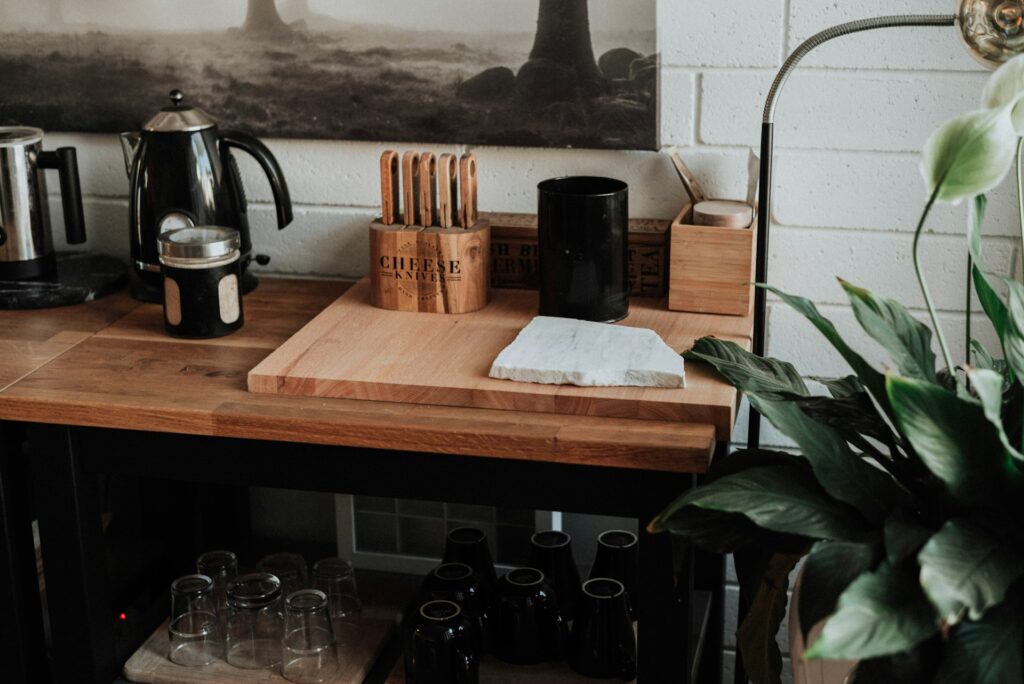
Teak
Teak is known for its high oil content, which makes it naturally water-resistant.
Pros:
- Water Resistance: The natural oils in teak make it highly resistant to water and bacteria.
- Durability: Teak is a very durable wood, capable of withstanding heavy use.
Cons:
- Cost: Teak is generally more expensive than other types of wood.
- Maintenance: Despite its natural oils, it still requires regular care to maintain its condition.
Solid Oak
Solid oak chopping boards are another excellent choice for those who appreciate the beauty and durability of wood. Oak is a strong, dense wood that can withstand heavy use, making it a reliable option for any kitchen.
Pros:
- Durability: Solid oak is incredibly durable and can last for years with proper care.
- Aesthetic Appeal: Oak has a beautiful grain pattern that adds a touch of elegance to your kitchen.
- Weight: The density of oak provides a stable cutting surface.
Cons:
- Maintenance: Like other wooden boards, solid oak requires regular oiling to prevent it from drying out and cracking.
- Weight: The density of oak also makes it quite heavy, which can be a drawback for some users.
Read: What fundamental skills are taught at a beginner’s cooking class?
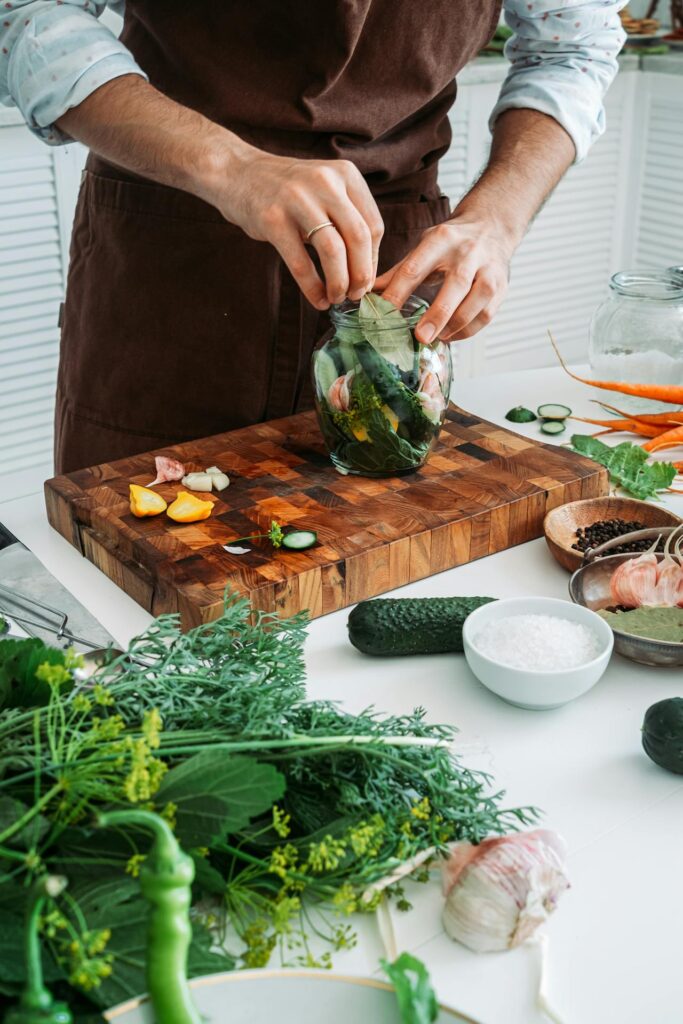
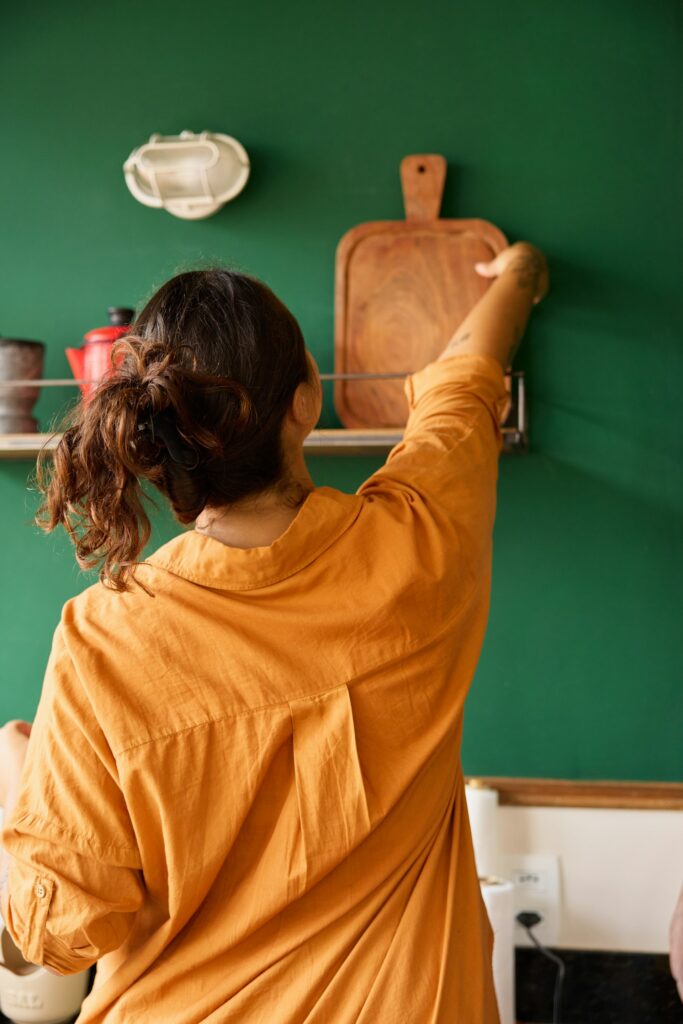
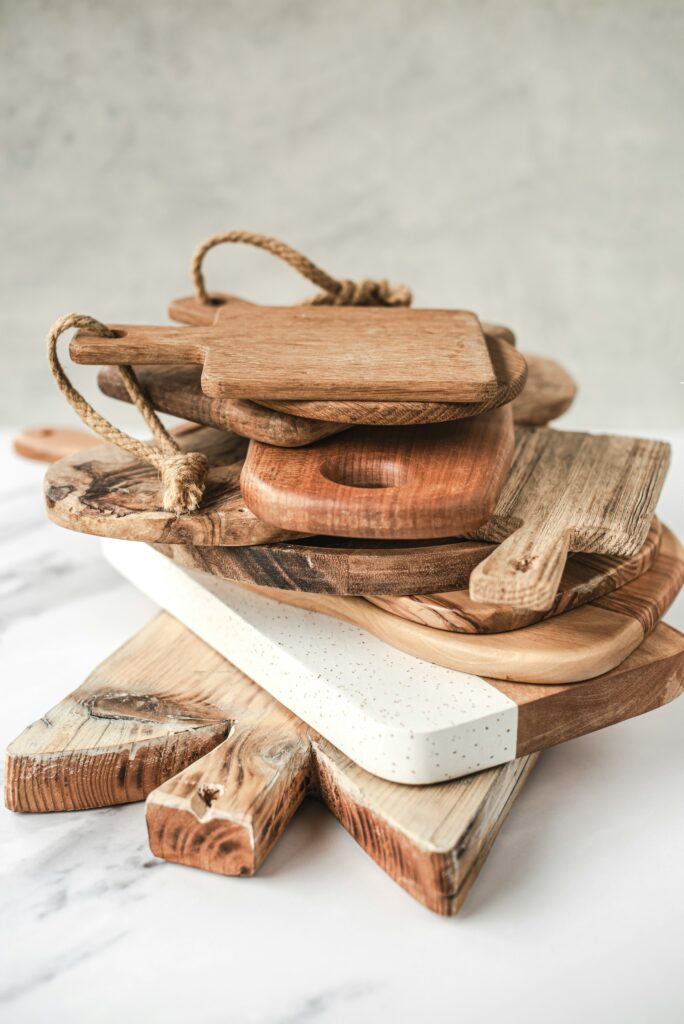
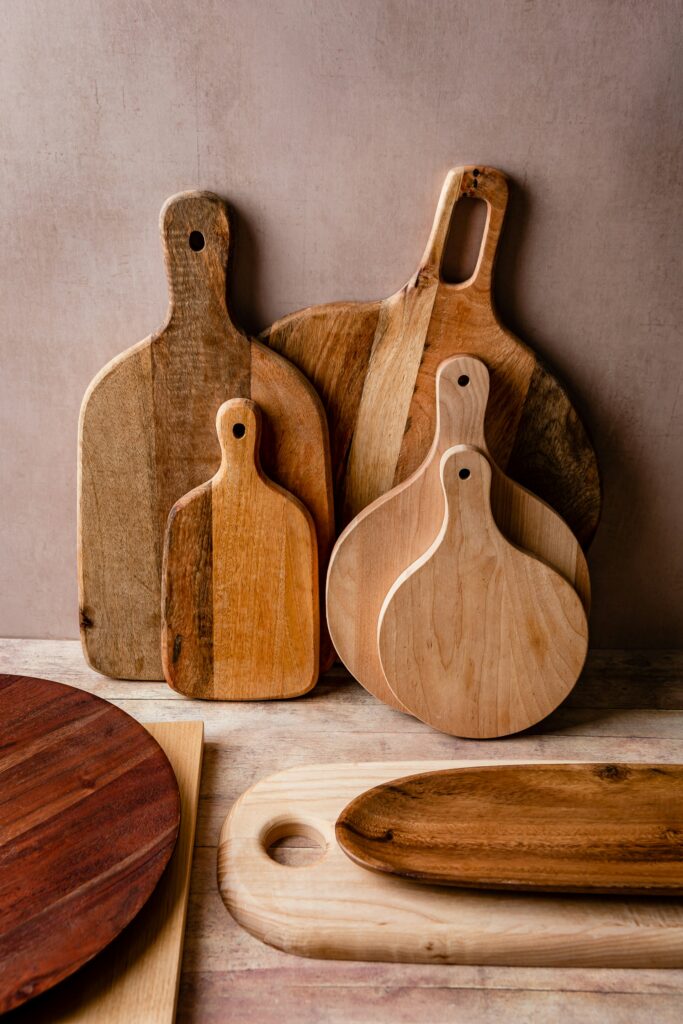
Tamarind
Tamarind chopping boards, commonly used in Thailand, offer a unique option for your kitchen. Tamarind wood is known for its durability and resistance to moisture, making it a practical choice.
Pros:
- Durability: Tamarind wood is incredibly durable and can withstand heavy use.
- Moisture Resistance: Naturally resistant to moisture, reducing the risk of warping and cracking.
- Aesthetic Appeal: Tamarind wood has a distinctive, exotic appearance that can add a touch of uniqueness to your kitchen.
Cons:
- Availability: Tamarind chopping boards may be harder to find outside of Thailand.
- Maintenance: Like other wooden boards, tamarind requires regular oiling to maintain its condition.
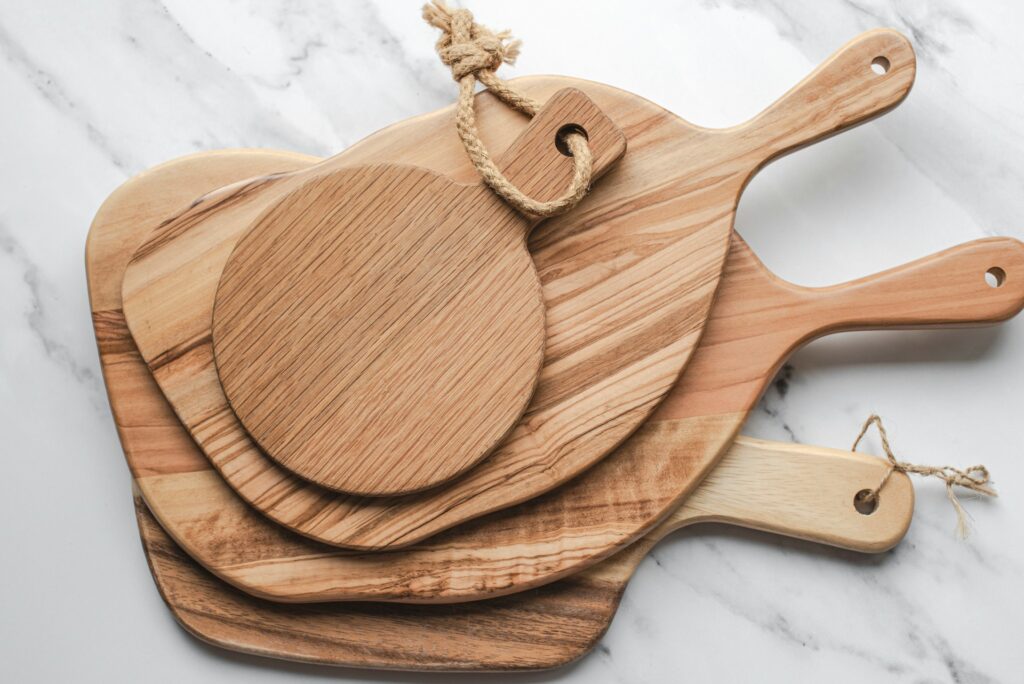
Mango Wood
Mango wood is an eco-friendly and sustainable option for your kitchen. It is harvested from mango trees that have stopped producing fruit, making it a resource-efficient choice.
Pros:
- Sustainability: Mango wood is a byproduct of the fruit industry, making it an environmentally responsible choice.
- Durability: It is a strong and durable wood, capable of withstanding regular use.
- Aesthetic Appeal: Mango wood has a unique grain pattern and a warm, rich colour that adds character to your kitchen.
Cons:
- Maintenance: Like other wooden boards, mango wood requires regular oiling to maintain its condition.
Plastic: The Practical Choice
Ideal for the busy cook…
Plastic chopping boards are a common sight in many kitchens, and they offer several practical benefits. They come in various types, including high-density polyethylene (HDPE) and polypropylene. Plastic boards are particularly favoured for their ease of maintenance and affordability, making them a go-to choice for busy households.
High-Density Polyethylene (HDPE)
HDPE is a durable, non-porous plastic that is commonly used in professional kitchens.
Pros:
- Hygiene: HDPE boards are dishwasher safe, making them easy to clean and sanitise.
- Durability: Highly resistant to knife marks and scratches.
- Affordability: Generally cheaper than wooden or bamboo boards.
Cons:
- Environmental Impact: Plastic is not biodegradable, making it a less eco-friendly option.
- Knife Marks: Over time, deep knife marks can develop, which can harbour bacteria.
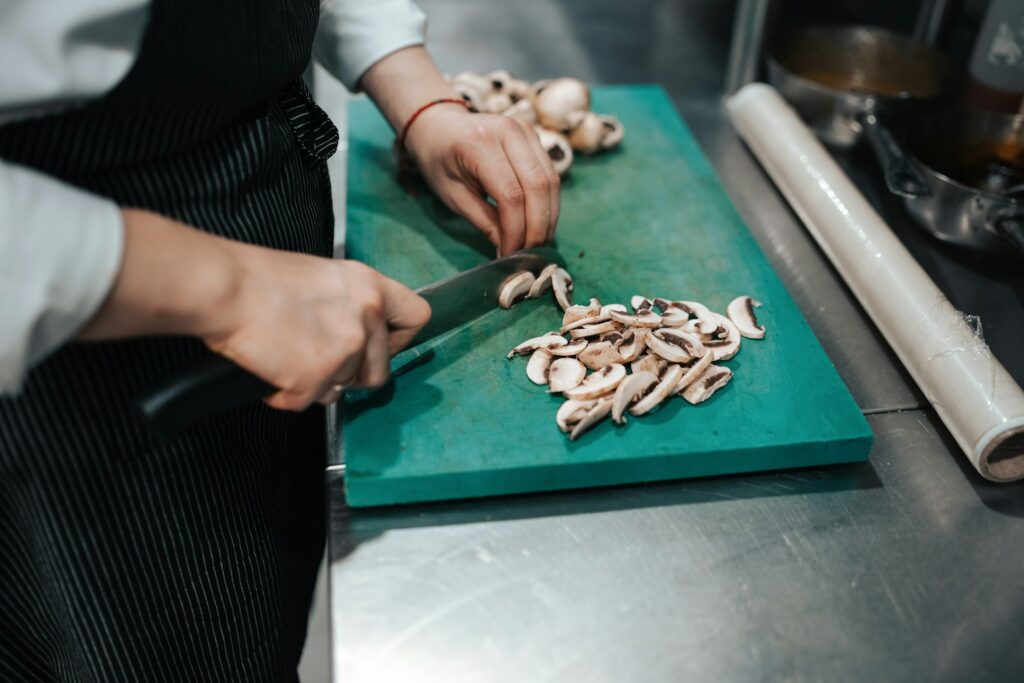
Polypropylene
Polypropylene is another type of plastic that is slightly softer than HDPE.
Pros:
- Hygiene: Also dishwasher safe and easy to clean.
- Affordability: Generally inexpensive.
- Variety: Available in a range of colours and sizes, which can be used to avoid cross-contamination.
Cons:
- Durability: Less durable than HDPE, more prone to knife marks, particularly if the blade is chef-level sharp.
- Environmental Impact: Like HDPE, it is not biodegradable.
Bamboo: The Eco-Friendly Choice
Ideal for the eco-conscious cook…
Bamboo chopping boards have gained popularity in recent years, and for good reason. Bamboo is a sustainable resource, growing rapidly and requiring minimal pesticides. This makes it an eco-friendly choice for the environmentally conscious cook. Additionally, bamboo boards are aesthetically pleasing, often featuring a natural, warm hue that can complement any kitchen decor.
Pros:
- Durability: Bamboo is harder than many types of wood, making it resistant to knife marks and scratches.
- Lightweight: Despite its hardness, bamboo is relatively light, making it easy to handle and store.
- Antimicrobial Properties: Bamboo (potentially, possibly) has natural antimicrobial properties, which can help reduce the risk of bacterial contamination.
Cons:
- Maintenance: Bamboo boards require regular oiling to prevent them from drying out and cracking.
- Knife Wear: The hardness of bamboo can dull knives more quickly than softer woods.
- Dishwasher Safe: Bamboo chopping boards aren’t suitable for putting in the dishwasher.
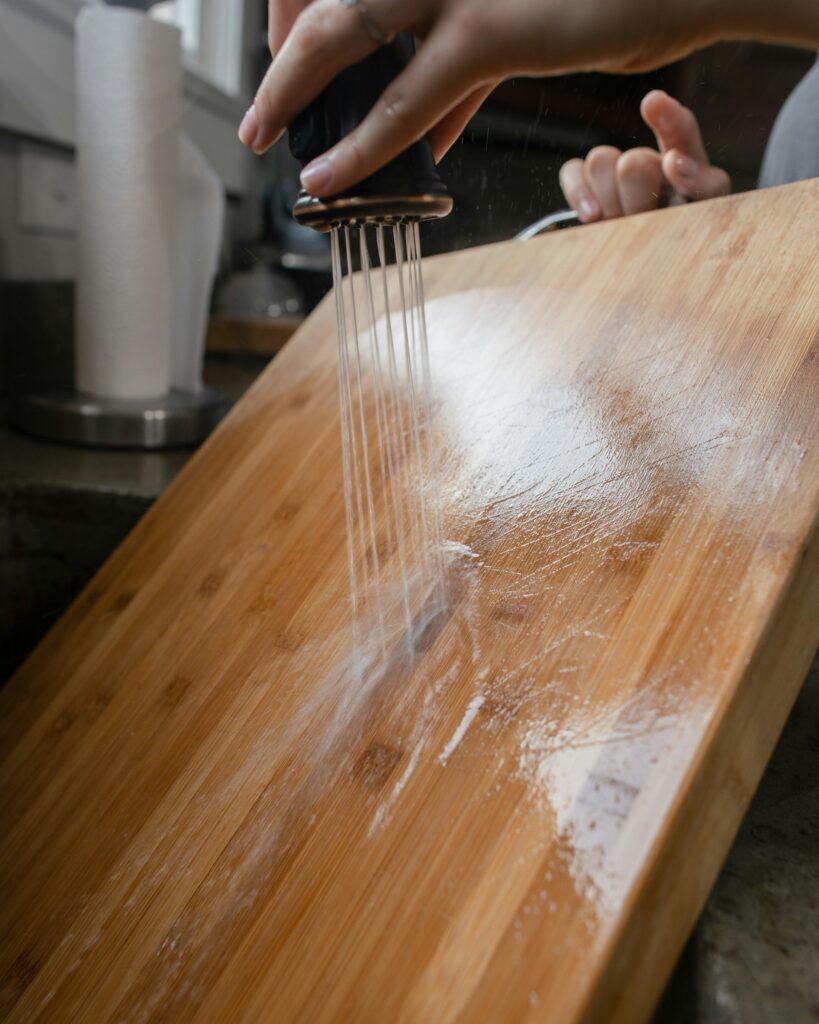
Rubber: The Professional Choice
Ideal for the serious home cook
Rubber chopping boards are often found in professional kitchens, and they are slowly making their way into domestic settings. These boards are known for their exceptional durability and non-slip properties, making them a favourite among serious home cooks who want a professional-grade tool.
Pros:
- Durability: Rubber boards are incredibly durable and resistant to knife marks.
- Non-Slip: They provide a stable cutting surface, reducing the risk of accidents.
- Gentle on Knives: Rubber is soft enough to be gentle on your knives, helping them stay sharp.
Cons:
- Cost: Rubber boards can be more expensive than other types.
- Weight: They can be quite heavy, making them less portable.
Marble: The Baker’s Choice
Ideal for the home baker…
Marble chopping boards are a fantastic choice for home bakers due to their cool surface, which is perfect for working with dough and pastries. Marble is not only functional but also adds a touch of elegance to your kitchen.
Pros:
- Cool Surface: Marble stays cool, making it ideal for rolling out dough and working with pastry.
- Aesthetic Appeal: Marble has a luxurious look that can enhance the overall aesthetic of your kitchen.
- Durability: Marble is a hard material that can withstand heavy use.
Cons:
- Weight: Marble boards are quite heavy, making them less portable.
- Chopping: Not only can the hardness of marble dull knives quickly, it’s also dangerous. You shouldn’t chop anything (especially vegetables and fruit) on a marble chopping board as dangerous slips can happen easily.
- Maintenance: Marble can stain easily and requires regular sealing to maintain its appearance.

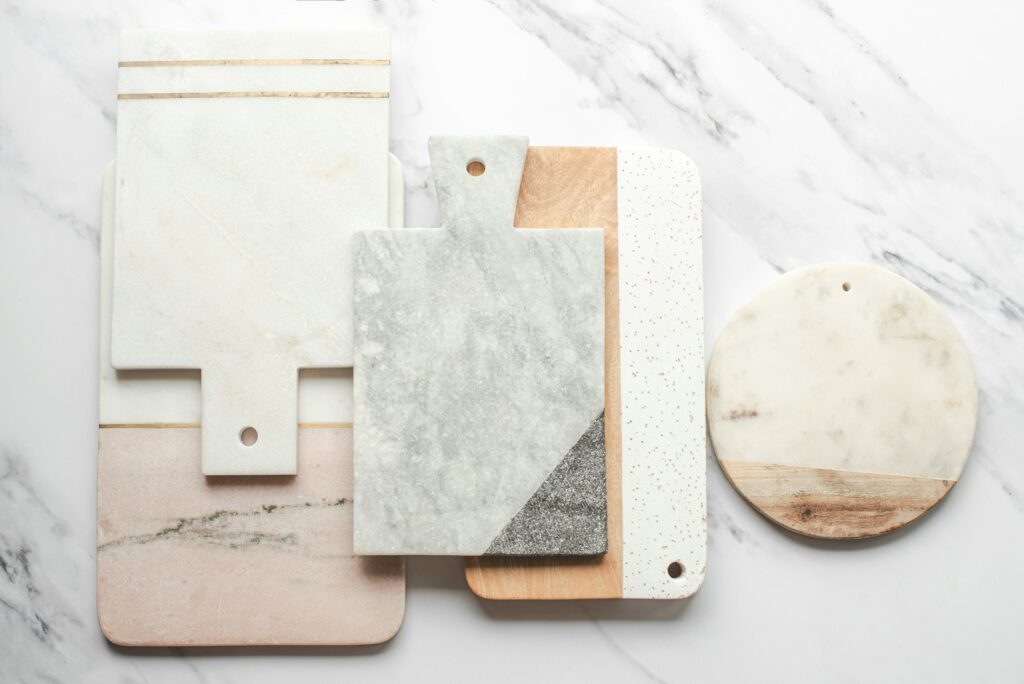
Why You Should Never Use Glass
Dinner Date, Come Dine With Me, Four In A Bed, and in just about every darn Airbnb we’ve stayed in… Just what is it with those glass chopping boards and tiny knives everyone’s using? It’s painful!
Glass chopping boards might look sleek and modern, but they are a nightmare for your knives. The hard surface of glass can quickly dull and damage your blades, leading to frequent sharpening or even replacement.
Additionally, glass boards can be slippery, increasing the risk of accidents. They are also prone to shattering, which can be dangerous. Despite their aesthetic appeal, the practical drawbacks make them a poor choice for any kitchen.
The Bottom Line
Choosing the right chopping board for your kitchen depends on your priorities, whether it’s sustainability, ease of maintenance, or knife care. Bamboo and wood offer eco-friendly and knife-friendly options, while plastic and rubber provide practical and durable alternatives. Just remember, no matter how tempting that stylish glass board might look, it’s best left on the shelf. Or, you know, smashed on the floor…

